recommended plants for heavy, heavy shade in Zone 7
tlacuache
15 years ago
Featured Answer
Sort by:Oldest
Comments (18)
Donna
15 years agolast modified: 9 years agoRelated Professionals
Canton Landscape Architects & Landscape Designers · Arnold Landscape Architects & Landscape Designers · Piqua Landscape Architects & Landscape Designers · Richmond Heights Landscape Architects & Landscape Designers · Burlington Landscape Contractors · El Segundo Landscape Contractors · Ellensburg Landscape Contractors · Fort Payne Landscape Contractors · Kettering Landscape Contractors · Laguna Hills Landscape Contractors · Pueblo West Landscape Contractors · Thonotosassa Landscape Contractors · West Orange Landscape Contractors · Westchester Landscape Contractors · Whitehall Landscape Contractorstlacuache
15 years agolast modified: 9 years agoIris GW
15 years agolast modified: 9 years agobubba62
15 years agolast modified: 9 years agojeff_al
15 years agolast modified: 9 years agoncdirtdigger
15 years agolast modified: 9 years agojessicabykn
15 years agolast modified: 9 years agobirdannelady
15 years agolast modified: 9 years agotlacuache
15 years agolast modified: 9 years agobirdannelady
15 years agolast modified: 9 years agomaewest
15 years agolast modified: 9 years agotinapbeana
15 years agolast modified: 9 years agopinkspoonbill
15 years agolast modified: 9 years agoIris GW
15 years agolast modified: 9 years ago6th_street_depot
8 years agokinlaw (Zone 7b/8a, GA)
8 years agoBrooke Neugebauer
2 years ago
Related Stories

GARDENING GUIDESGardening Solutions for Heavy Clay Soils
What’s a gardener to do with soil that’s easily compacted and has poor drainage? Find out here
Full Story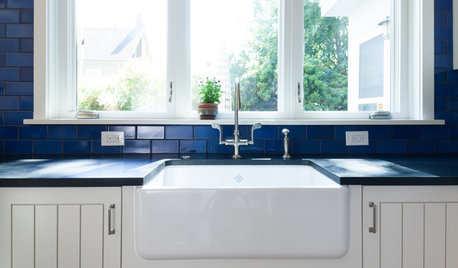
KITCHEN DESIGNKitchen Sinks: Fireclay Brims With Heavy-Duty Character
Cured at fiery temperatures, fireclay makes for farmhouse sinks that just say no to scratches and dents
Full Story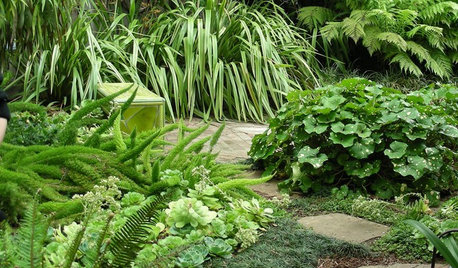
PLANTING IDEAS8 Sumptuous Shade Garden Plant Combinations
Enjoy these plant combinations made for spots with varying levels of shade and different garden zones
Full Story
LANDSCAPE DESIGNGreat Design Plant: Retreat to the Shade of Hardy Catalpa
Big foliage and a towering height provide a shady respite in summer, but that's not all hardy catalpa offers dedicated gardeners
Full Story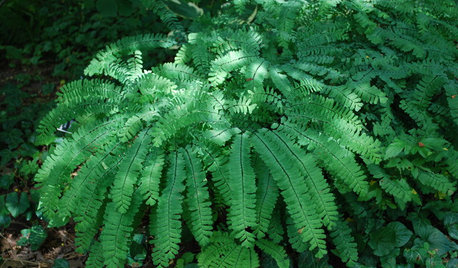
GARDENING GUIDESGreat Design Plant: Northern Maidenhair Fern Softens Shade Gardens
Stir up some romance in dark corners with the billowy fronds of native Adiantum pedatum
Full Story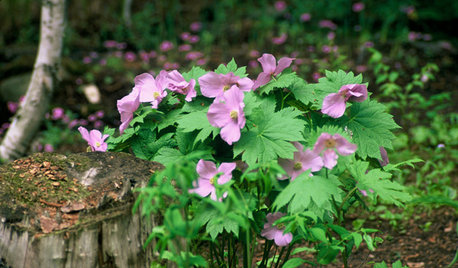
GARDENING GUIDES7 Shade-Loving Rarities of the Plant World
Cultivate a discriminating air in a shady garden patch with these uncommon woodland wonders
Full Story
LANDSCAPE DESIGNThe 7 Best Plant Types for Creating Privacy and How to Use Them
Follow these tips for using different kinds of plants as living privacy screens
Full Story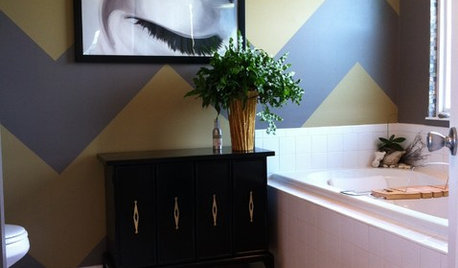
BATHROOM DESIGN7 Reasons to Give Your Bath Zone a Living Room Vibe
With a few living room–like touches, you can transform your bathroom into a practical, relaxing retreat that’s overflowing with personality
Full Story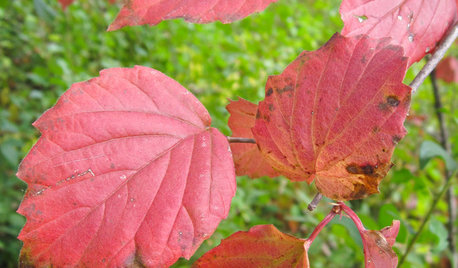
GARDENING GUIDESGreat Design Plant: Viburnum Rafinesquianum Colors the Fall Woodland
Plant downy arrowwood in eastern and midwestern U.S. gardens for spring color in the shade and bright red fall foliage
Full Story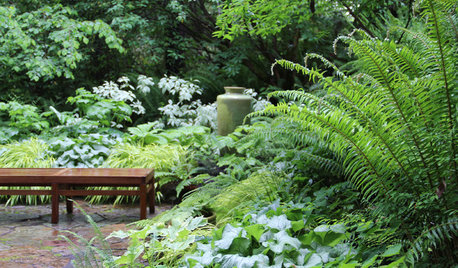
GARDENING GUIDESGreat Design Plant: Western Sword Fern Adds Prehistoric Drama
For distinctive looks and easy care in a shade garden, go for North American native Polystichum munitum
Full Story





Iris GW